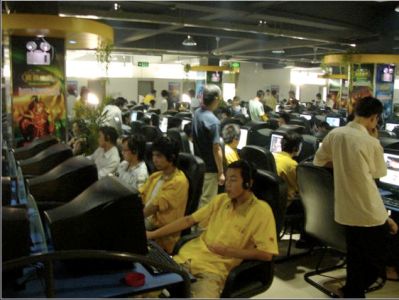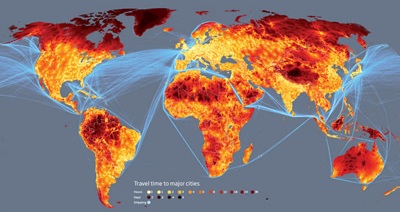Being now an independent entrepreneur I forget how many people still live in organizations that are still deep into the Industrial Age. Lately I was visiting an organization in the US and I was struck by the lifeless office.

Long, dull corridors. Light grey walls and dark grey carpets. People each in an individual office with standard furniture, padding away at their keyboard, eyes stuck on their screen. Silence. Few interactions save the weekly shared breakfast. Don’t know who my neighbour is.
Discussing about the next possible pay raise, about the pay grade, moaning about the work conditions and the boss. Moaning a lot.
Stuck in a box, doing the work from 8 to 5. Gone Friday at 1, exactly.
Bureaucracy as soon as I ask for something out of the ordinary (why on earth would you want two colors of post-its?).
I felt like I suddenly was in another world. I was so used to dynamic project open spaces with people moving around, discussing freely, interacting constantly!… Used to people working hard and passionately, where time flies!
Ouch! The worst is, the office I just described is normal to a majority of people. That’s normal to a large number of organizations. Actually it is the norm, anything different is looked at suspisciously.
Hey, there is another life out there! And as I was discussing with the senior management what to do to make the organization more dynamic, it was obvious: break the walls. Put in some color. Do everything you can to increase interaction. Get project teams to sit together instead of having its members sit in their respective departments at the other end of the building. Is that so complicated? No. Is that scary? Yes. That’s probably why I was served the argument of the budget as an apology not to change.
Release the potential of your people. Just create a conducive environment, and you’ll see the change. And above all, don’t be scared!











